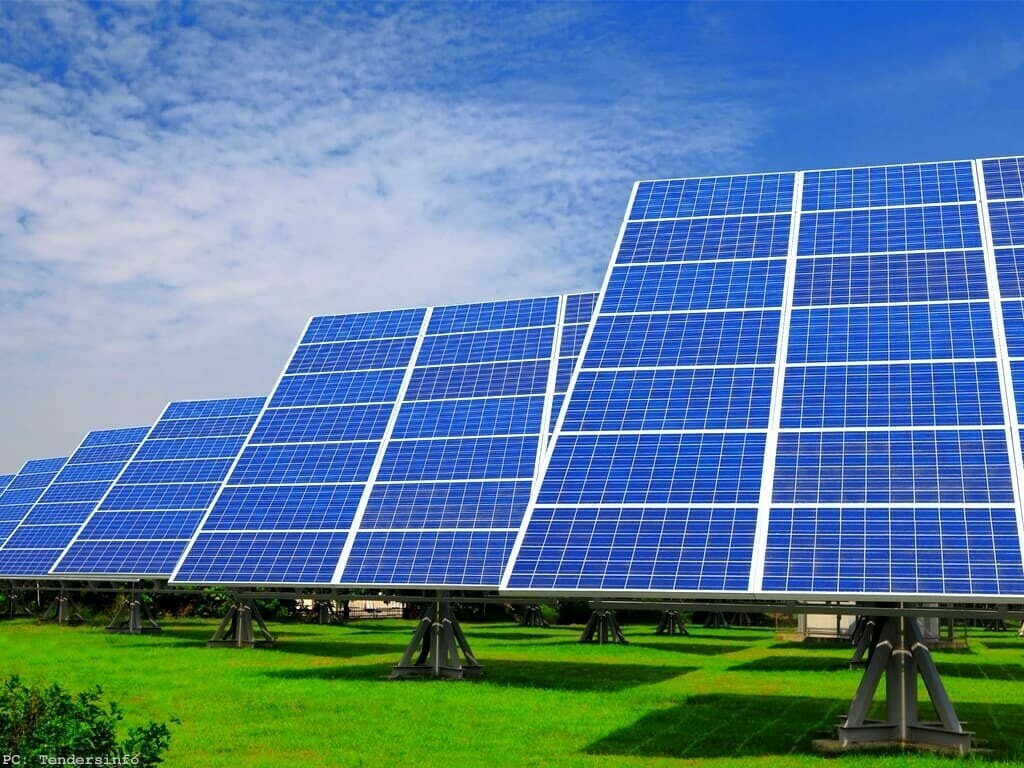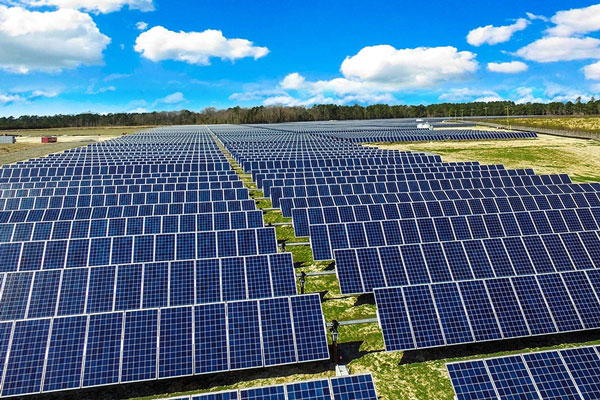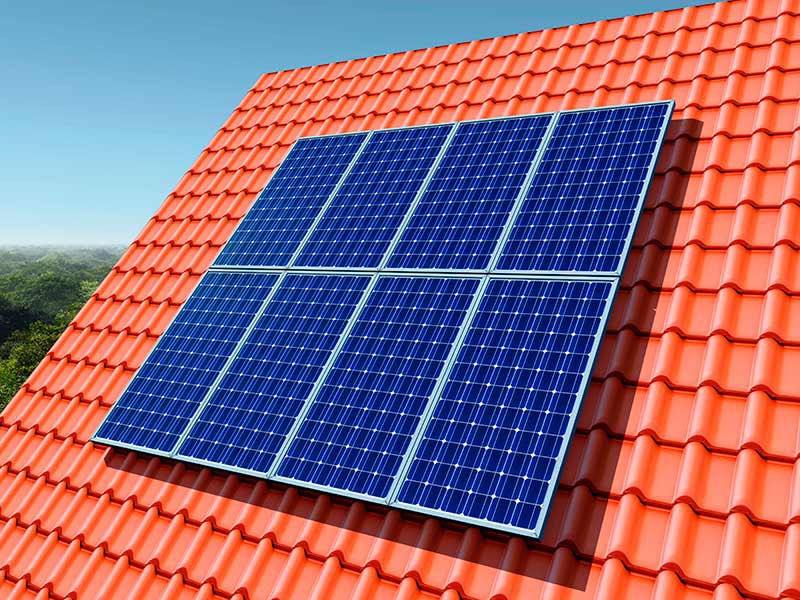Grid Integration Issues
As the deployment of solar energy grows, the key problem is how to integrate solar power into existing electrical grids. Shifting solar power entails gear modifications at the grid to deal with fluctuation, in order that the voltage is stored solid. Grid integration is an issue because of the variability of solar output that can cause problems when it produces too much energy, or a situation where too little power is generated at times of high energy demand.

Variability & Grid Resilience
Generating solar power is unpredictable by nature and depends on factors such as the time of day and prevailing weather conditions. Take, for instance, a sunny morning in which solar energy generation is abundant but the grid has nowhere to store/store/redirect it suitably. This overproduction may create frequency imbalances and voltage transmutations posing serious stability issues for the grid. Shifts from one minute to the next can be very unpredictable and so grid operators require systems capable of balancing these shifts quickly, which often means energy storage with response times in milliseconds or peaker plants.
Demand Response Programs
In response to grid integration challenges, utilities are offering demand response programs that help reduce power from end consumers during those peaks. These programs can also be important in instances of rapid solar production. This includes demand response programs from the likes of the California Independent System Operator (CAISO) that synchronize consumer power consumption with current grid conditions, eliminating the requirement to produce more energy from traditional sources to stabilize the grid.
Sophisticated Prediction Models
Utilities, in turn, are also becoming more sophisticated in the way they forecast solar output. To predict how much solar energy may be produced in the future, these models use weather data, time series forecasting of solar energy, and MLoxetine model of machine learning. More accurate solar production forecasts would help grid operators anticipate and respond to changing levels of sunlight, thereby improving grid reliability overall.
Energy Storage Integration
A key role of energy storage is to help smooth out variability in solar power on the grid. The most common modern grid systems remain coupled to large-scale battery storage, using such batteries to capture the excess solar energy generated when production peaks during hours of peak solar insolation, and release this energy when production is low or less than demand. Battery storage, such as Liion batteries, have become an important factor in leveling out the differences between generation and usage of solar energy.
Material Shortages
There are extreme material shortages which are creating massive woes for the solar industry, and polysilicon (the main ingredient in most photovoltaic cells) is at the heart of it. An unbelievable ramp-up has taken place in the price of polysilicon, and has been around $30 / kilogram up from around $10 per kilogram or in 2020; The rising prices primarily result from increased demand for solar panels on a global scale and production limitations exacerbated by policies in major manufacturing hubs such as China.
Effect on solar panel making
The result is a slowdown in solar panel production as a lack of polysilicon persist. Globally, this has caused major manufacturers like JinkoSolar and Longi Green Energy to reveal recent shipment disruptions due to the virus. But the slowdown is not just a matter of production, it is also a price issue, as higher material prices are bound to end up at the customer and thus increase the cost for solar installations in total.
Chained to the Global Supply Chain
COVID-19 has exposed fragility within the global supply chain, and this was very true for the solar sector. The shutdowns and related trade flows created huge shortages not just in polysilicon, but also other common materials required for production of a solar panel like silver and aluminum used for the frames or electrical contacts. As a result, many companies are reevaluating their supply chain strategies in favour of diversification and local production, in order to minimize future supply chain disruptions.
Innovations in Material Use
In response to the shortage, we are seeing a few companies coming up with creative solutions such as using different materials and processes. As an example, thin-film solar cells are being developed that rely on materials other than silicon to generate electricity, such as cadmium telluride or copper indium gallium selenide (CIGS). Now, these materials are not only more abundant but also cheaper to source and refine.
Recycling & Upcycling Campaigns
Fortunately, a good news story emerging concerning our potential shortage of solar panel materials is that to combat this shortage, recycling those materials is becoming an increasingly important part of the solution. While it's early days recycling initiatives are working to reclaim valuable materials from decommissioned solar panels. Such technologies allow companies like First Solar to recycle as much as 90% of the materials that go into thin-film solar panels.
Land Availability
As solar energy gains popularity, it is more and more difficult to find sited land that accommodates a large acreage - and especially this site did so very close to the intersection of multiple ikely investors and producers for the electricity generated here. At the same time, large, contiguous spaces that are also near to electric power grid connections are also required and often in short supply, particularly in cities or other built-up regions.competition for agriculture and development
Solar often competes with agriculture and real estate for land. For example, many agricultural regions (like the Central Valley of California) are struggling with how to allocate land between solar panels and crops. This makes the selection process controversial and differences based on the land may also in itself affect local economies and ecosystems. Negotiating the minefield of complex negotiations and regulatory approvals between competing stakeholder groups walking the tightrope between energy requirement on one side and preservation of agricultural lands and urban development on the other.Cost Implications
The price of land can be the difference, in terms of budgetary requirements, between the round pegs and square holes that make up solar projects. Large blocks of land may be too expensive to secure in areas with high cost real estate, making the installation of solar arrays unfeasible. This financial hurdle may make solar projects unfeasible by either forcing developers to locate projects in less-than-ideal geography - perhaps where the sun doesn't shine as much, or far from grid connections - or forgoing a handful of premium megawatts on each site.Floating Solar and Agriculture Voltaics
Emerging solutions are becoming popular as a way to combat the problem of land scarcity through floating solar installation in water bodies and agrivoltaic. Floatovoltaics, or floating solar, uses reservoirs, lakes and other water bodies to locate solar panels. By locating some of the panels on the water's surface, valuable land resources can be conserved as well. This method to save land instead of allowing more water bodies would also reduce the amount evaporation that takes place from these.Lack of Regulation and Zoning Opportunities
Obtaining the necessary land for a solar project can be subject to seemingly endless regulations that just keep piling up. Projects can be held up for years in bureaucratic wrangling over zoning laws, environmental impact assessments and community opposition. To do that, one of our biggest challenges is effective communication and engagement within the community. To that end, solar developers will need to collaborate closely with local governments to make sure their projects meet regional planning and community aspiration objectives.Labor Shortages
An industry growing rapidly, the solar business is demanding a well-trained workforce, whether such workers be installation technicians or engineers and project managers. Even as solar energy has proliferated, many say there is an enormous buildout of the workforce that remains to be done.
Lack of Skilled Technicians
The solar industry needs skilled technicians in the thousands to install and maintain solar panels. According to the Solar Energy Industries Association (SEIA) in the U.S., If the country is on track to have close to one million solar workers by 2035, there could not be enough trained people work at every stage of development, construction and installation needed across our sun-rich nation.
The Challenge of Training and Certification
Inadequate training programs and standardized certification processes across different regions are one of the main barriers to filling these positions. Personal: There are many people that want to enter the construction workforce but there are not enough ways for them to get the training necessary (Herbst, 2016). Solar companies are partnering with schools to deliver training programs, but demand still outstrips supply.
The Automation and Technology Effect
In some ways, automation and the growth of technology have given TRIAAX a good shakeup but they come with their own challenges: as our automated equipment replaces traditional production methods used in manual manufacturing processes, so too do they change the kinds of skills we need from those joining the workforce. The modern worker needs to be a whole lot more tech savvy; handling intricate machinery, solar software systems and marrying a blend of both electrical and mechanical skill. Such change necessitates the evolution of education and continuous adaptation from the current workforce.
Tips for Handling the Labor Problem
Solar companies are implementing a range of initiatives to address labor shortages. This includes providing better wages, job stability, and benefits that rival other industries. Additionally, there are efforts underway by some companies to promote solar jobs as a way of marketing cool and meaningful work to younger generations in regards to how important solar is for leveraging climate change and sustaining energy practice.
Technology Limitations
Despite rapid advances in the technology behind solar power, it remains encumbered with several inherent limitations that impact both its efficiency and adaptability. Overcoming these technological barriers improving the viability and implementation of solar energy solutions are the efficiency of photovoltaic (PV) cells, as well as capacity for energy storage.
Solar Cell Efficiency
Commercial solar panels on the market today operate at 15% to 22% efficacy This means that a small amount of the sunlight hitting the panels are transformed into electricity we can use. The highest performing panels produced use monocrystalline silicon, which is a lot more expensive to produce than many other panel materials Scientists are working tirelessly to develop new materials and technologies to improve this efficiency. New materials such as perovskite solar cells that can be manufactured far cheaper than silicon also hold the promise of boosting efficiencies over 25%. Nevertheless, perovskite's suitability and stability for long-term outdoor environments are still a matter of intense research.

Energy Storage Challenges
Solar energy itself is intermittent - it only creates power when the sun is shining. Which makes integrating solar power into the grid a massive challenge for providing continuous and balanced energy. By storing solar energy in a battery, like a lithium-ion battery, this type of renewable energy can be used even when the sun goes down or the sky is cloudy. However, both cases suffer from cost and physical limitations such as energy and life expectancy. An average solar battery lasts 5 to 15 years depending on the usage cycle - up to two decades shorter than solar panels which typically last between 25 and 30 years.
Next-Generation Innovation and Technology
These investments in advanced technologies are also to overcome these limitations. Researchers are also working to develop more effective versions of solar plus storage systems to better harness and convert the power of solar energy. Study author Elias Kountouras said researchers are currently looking into methods for combining solar with other renewable sources like wind and hydroelectric, to construct more reliable and stable energy systems.
Smart Solar Systems
A notable increase in solar power efficiency is also due to an improvement in digital technology. Increasingly common solar panels have smart systems with AI and machine learning capabilities to forecast the weather, allowing for better energy production or consumption practices. Such systems can dynamically orient panels to maximize energy capture at different times of the day, and they can intelligent control around storage and distribution.



